The truck bounces along the ranch road in the pre-dawn light when a football-sized bird rockets past the headlights. “Prairie chicken,” says Kirk Feuerbacher, as he continues down the road. “Don’t worry, we’ll see them better soon. You’ll have them right at your feet.”
I’m here with Feuerbacher, the Working Lands Director for The Nature Conservancy in Texas, to learn about conservation efforts for the Attwater’s prairie chicken. He’s taking me and Lauren Lombardo, a Conservancy communications staffer, to see an area on the Texas coastal plain where male prairie chickens display in the spring, commonly called a lek.
A few minutes later, he makes good on his promise. We pull up to a grassy area around a water tank. As the sun rises, we see a male Attwater’s prairie chicken standing on a fence post. Soon, others appear: 8 in total.
“You can quietly get out of the truck,” Feuerbacher says. “They won’t mind.”
I do, and they don’t. Within minutes one male is within ten feet of me. And I am able to enjoy what I consider one of the greatest wildlife shows on earth.
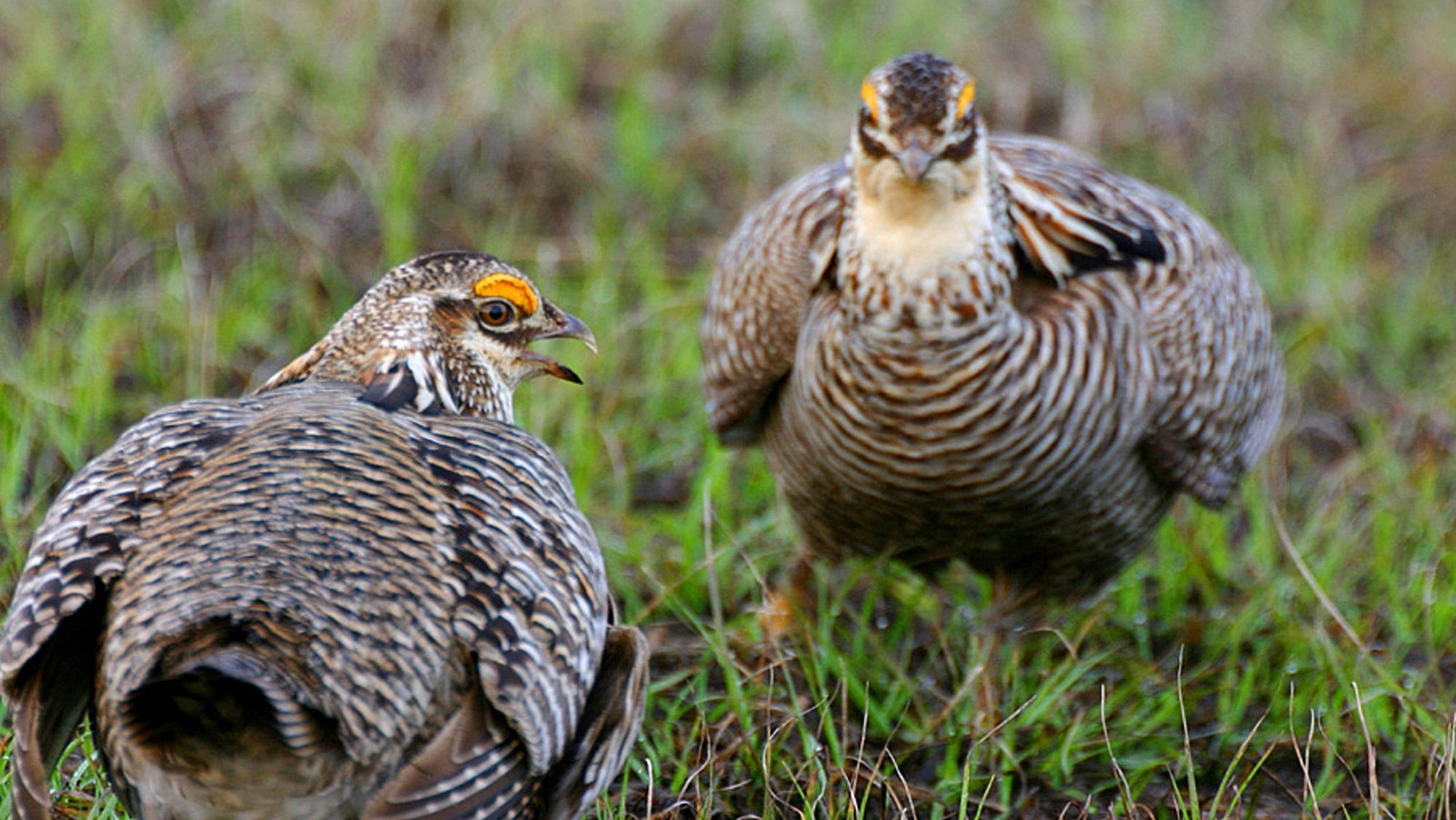
Like other open-country grouse, male Attwater’s prairie chickens gather at these leks in the spring, performing a display for the females. Each male has a territory it defends as it performs this “dance.”
Feathers on its neck stand erect, giving the appearance of horns. But most noticeable are the large, orange air sacs that inflate on its neck. These sacs are then used to make a loud booming sound, one that reportedly can be heard 3 miles away. Standing there with these grouse, it is a sound you almost feel in your chest as much as you hear with your ears.
The grouse pat their feet, giving the appearance of a wind-up toy. Periodically, one male will stray into another’s territory, and they’ll spar, a flurry of wings, feet and feathers.
The Attwater’s prairie chicken, a subspecies of the greater prairie chicken, is one of the rarest birds in North America. For a naturalist, there’s admittedly a thrill to spending time with a rare creature. But it’s leavened by inevitable sadness, of realizing you’re looking at birds clinging to a precarious existence.
But I’m not here for the sadness. On these ranchlands of the Texas coastal plain, a partnership is working so that this story has a happy ending.
Prairie Chickens Lost
I grew up reading stories of another subspecies of prairie chicken, this one known as the heath hen. The heath hen’s tale was a mainstay in the wildlife books and magazines I devoured as a kid. It was a prairie chicken subspecies found in the eastern United States.
By the late 1800s, a variety of the usual factors eliminated the heath hen from all but Cape Cod. There disaster upon disaster befell the remnant birds. In 1929, only one male showed up on the lek, a bird dubbed by locals as “Booming Ben.” Ben didn’t boom that year because there were no birds to boom for. I always found this story heartbreaking, imagining Ben with no others of his kind left on the planet, alone on a fragment of habitat. Booming Ben showed up again for a couple of seasons, but in 1932 he didn’t return. The heath hen was extinct.
I did not know it then, but at the time I was reading about Ben, the Attwater’s prairie chicken appeared to be following a similar plotline.
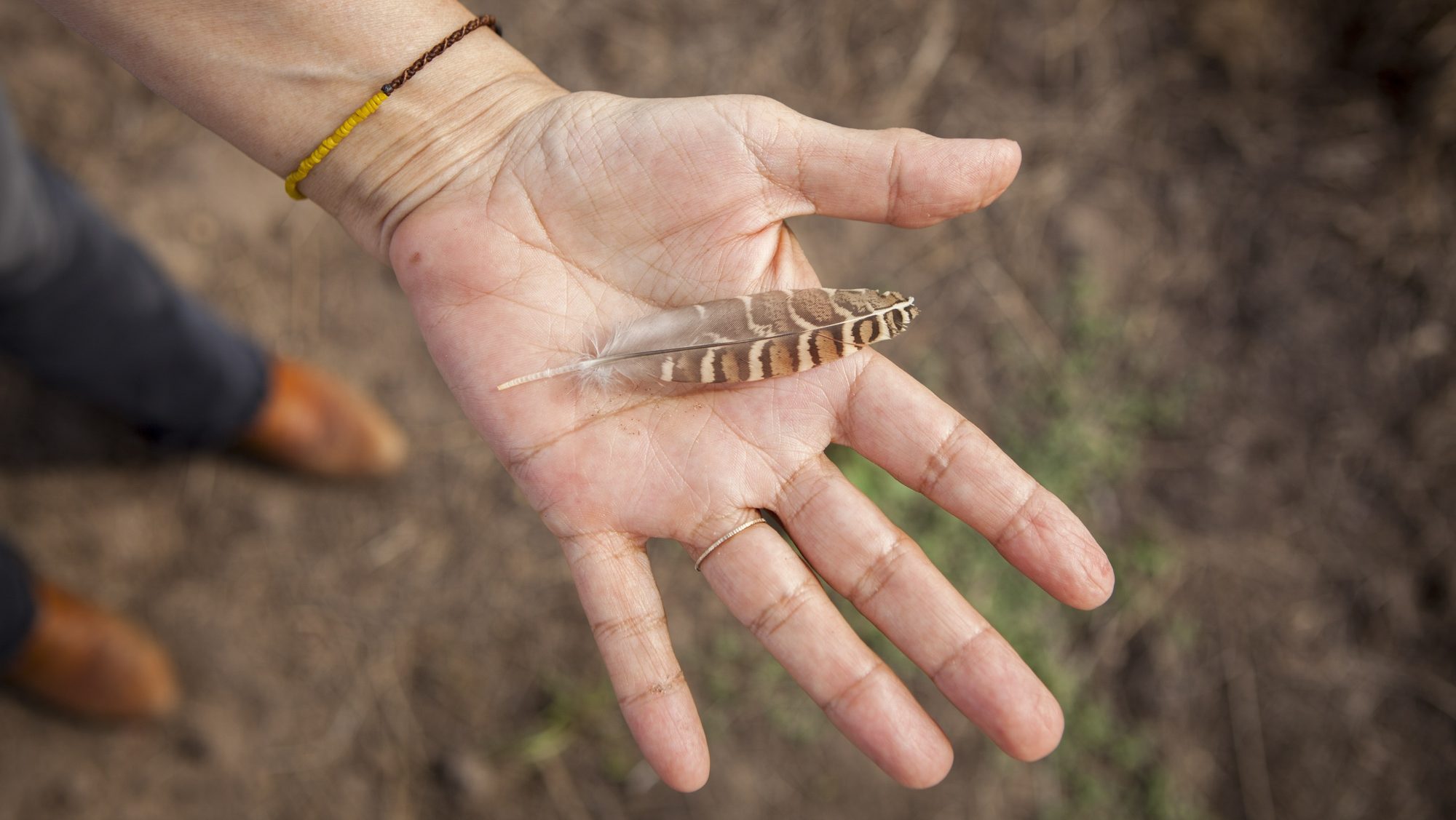
The Attwater’s prairie chicken is native to the coastal plain of Texas and Louisiana, with an estimated 1 million birds found over 6 million acres at the turn of the 20th century. But the bird’s fortunes would soon change.
“This wasn’t a one-shot deal; there were many factors that added together led to the population collapse of Attwater’s prairie chickens,” says Feuerbacher.
The first was overhunting, with prairie chickens shot for commercial markets and in shooting contests. By 1936, Texas prohibited hunting for the birds. But the decline continued as the area around Houston developed for industrial and agricultural use.
Today, only about 1 percent of coastal prairie habitat remains intact.
In the 1950s, invasive fire ants became established, impacting many ground-nesting birds in the region. In 1967, with the population estimated at 1,070 birds in isolated populations, the Attwater’s prairie chicken was placed on the first federal endangered species listing.
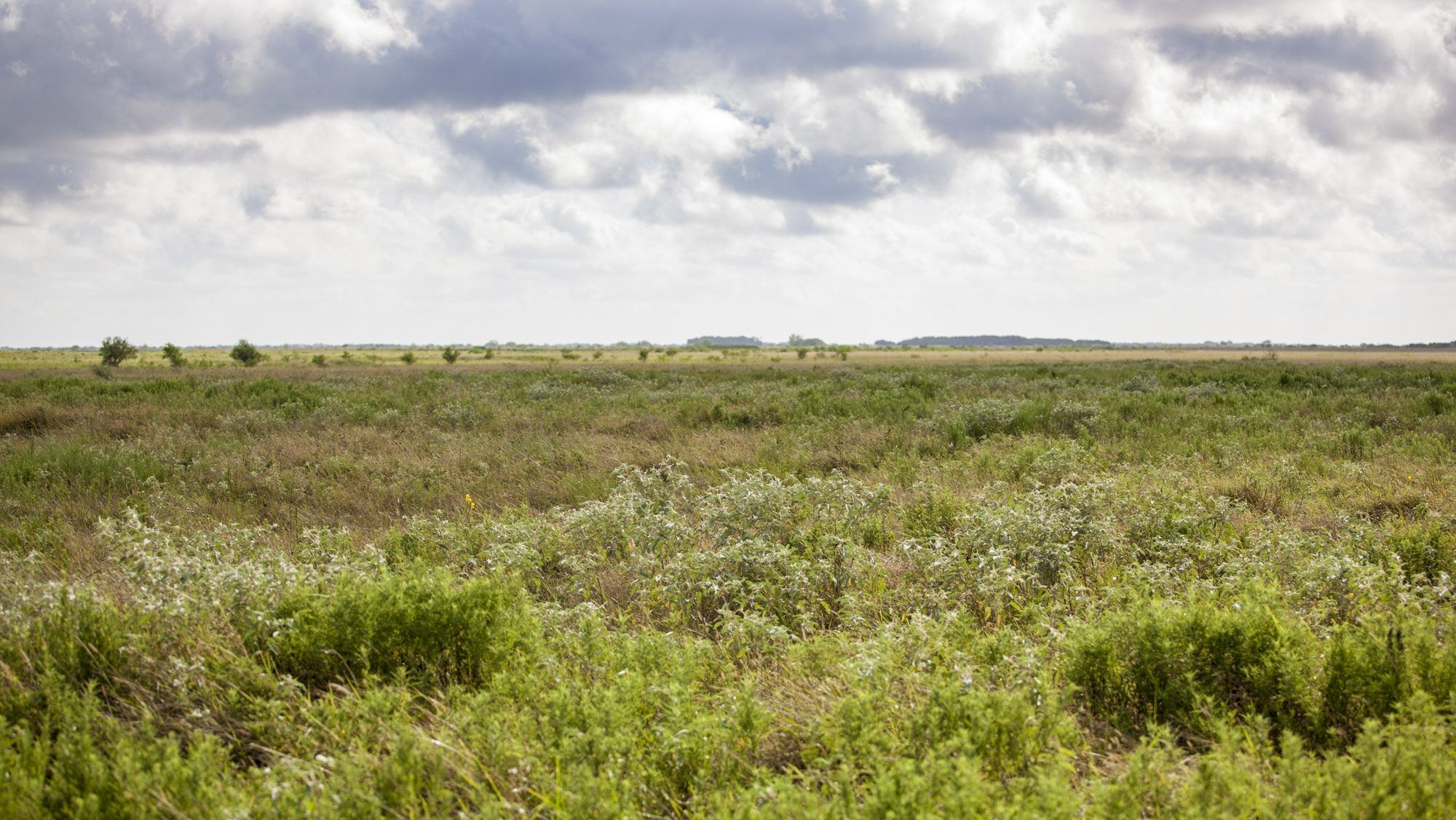
You could think about a small, isolated population of wildlife as similar to a human with a compromised immune system. If a healthy person falls or gets a nasty cut, it hurts but is likely not fatal. But for someone with a severely compromised immune system, a cut could be life ending.
For Attwater’s praririe chicken, when the population was healthy – with 1 million birds – they could withstand normal occurrences like droughts, floods and hurricanes. The bird population might take a hit, but it could bounce back. With an isolated, small population, any loss of birds posed a severe risk.
Which is exactly what happened. The decline of the birds spiraled. “By the 1990s, the Attwater’s prairie chicken pretty much blinked out,” says Feuerbacher.
By 1994, fewer than 100 birds remained in the wild.
I know what you’re thinking. This was supposed to be a story of hope. Fortunately, unlike for the heath hen, conservationists had better information and better science to begin a rescue operation.
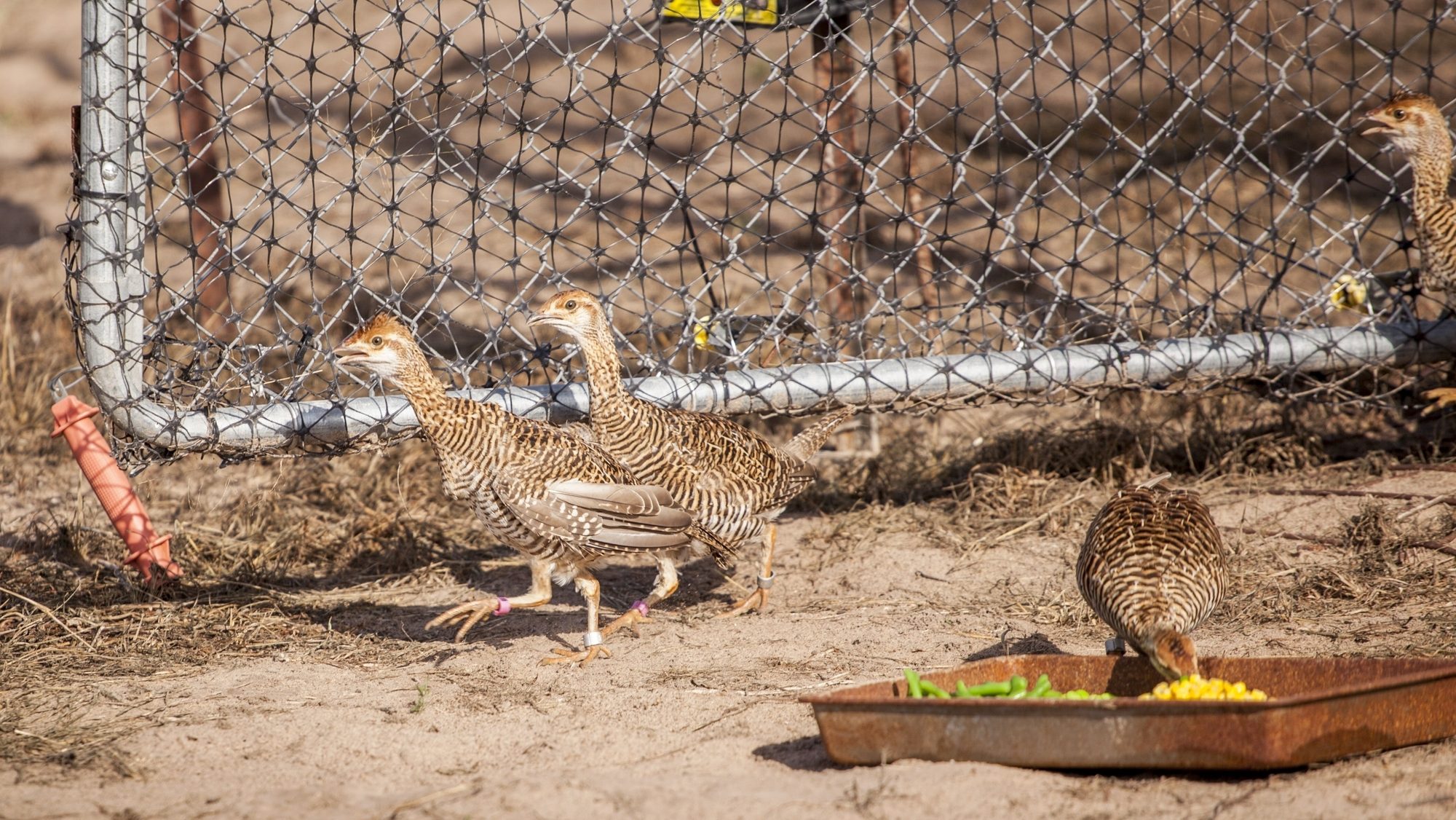
Prairie Chickens Found
In 1992, captive breeding efforts began in an effort to resuscitate the Attwater’s prairie chicken population. It was a learning process. Feuerbacher tells me of birds initially released that were all found dead two weeks later. The birds had crops filled with food but were emaciated.
“They had been fed game bird crumble [a commercially manufactured food] in captivity,” he says. “When they were released, they couldn’t digest grass.”
The released prairie chickens are now first released into holding pens to make the transition to life in the wild. They’re brought a diet of vegetation to get used to a natural-foods diet. And survival increased.
Still, there were setbacks. The population would rise a little, then drop precipitously due to floods or drought. Hurricane Harvey in 2017 wiped out nearly 90 percent of the wild population.
One of the challenges is finding suitable habitat to sustain populations. These birds are not large but they need a significant amount of space to maintain a population. And there are basically two areas on the coastal plain that fit that bill. One is the Attwater’s Prairie Chicken National Wildlife Refuge, located 50 miles west of Houston. A federally protected area specifically devoted to this species is important, but one locale isn’t enough to sustain this bird.
The other is a 500,000-acre swath of private ranchlands south of the town of Goliad, Texas, an area known as Refugio Goliad. It’s the site of a public-private partnership involving conservation organizations, including The Nature Conservancy, state and federal agencies and private landowners. This is where I enjoy the lekking Attwater’s prairie chickens in the early morning’s light.
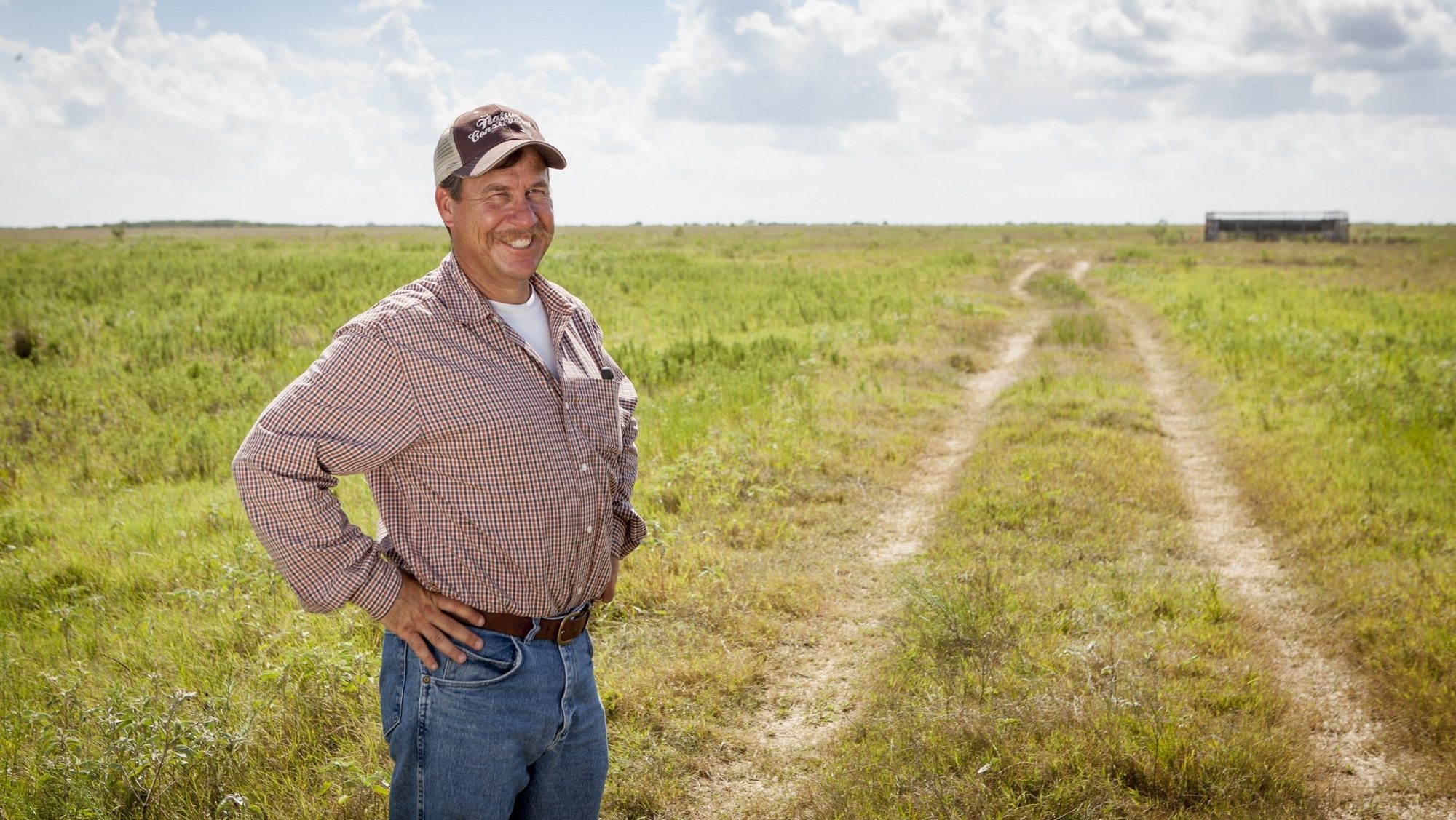
A Future for Attwater’s Prairie Chickens
After the prairie chickens begin to slow down in their booming, Feuerbacher continues driving me around the ranch. We visit the “holding pen” for the prairie chicken releases. Each year, 250-300 birds captive-bred birds are released between the national wildlife refuge and Refugio Goliad.
But releasing birds is not enough. Always, always, it comes down to habitat.
Feuerbacher loves to look at habitat. He’s had a long career in habitat restoration, not only for The Nature Conservancy but also as a wildlife manager for private ranches. He tells me about invasive species control. He talks about rotational grazing and cost-share programs that help ranchers improve habitat. Mainly, he talks about fire.
As in nearly any grassland ecosystem, fire is an ecological force, removing dead vegetation and regenerating growth of grasses. Grassland wildlife depends on fire for survival. Prescribed burning has been a significant activity at Refugio Goliad, with ranchers working with agencies and conservationists on annual burns.
Some of the ranches here have been in the same family since the mid-1800s. They value the wildlife but also want ranching to remain an economically viable activity.
Bouncing around in a pickup with Feuerbacher, I’m reminded why I have worked for The Nature Conservancy for 22 years. Every curve in the road, he points out some natural feature. Here’s where there was a burn last year, here’s fire ant activity.
As we spend the day together, the conversation strays to his kids’ 4-H livestock projects, hunting and fishing, sauerkraut making, local history, sumptuous meals. I hear Feuerbacher’s passion for this region and its traditions loud and clear.
As such, he understands not only the Attwater’s prairie chickens needs but also the landowners’. And he knows that what he and others hold dear – the viable ranching operations, quality outdoor recreation – also benefit from prescribed fire.
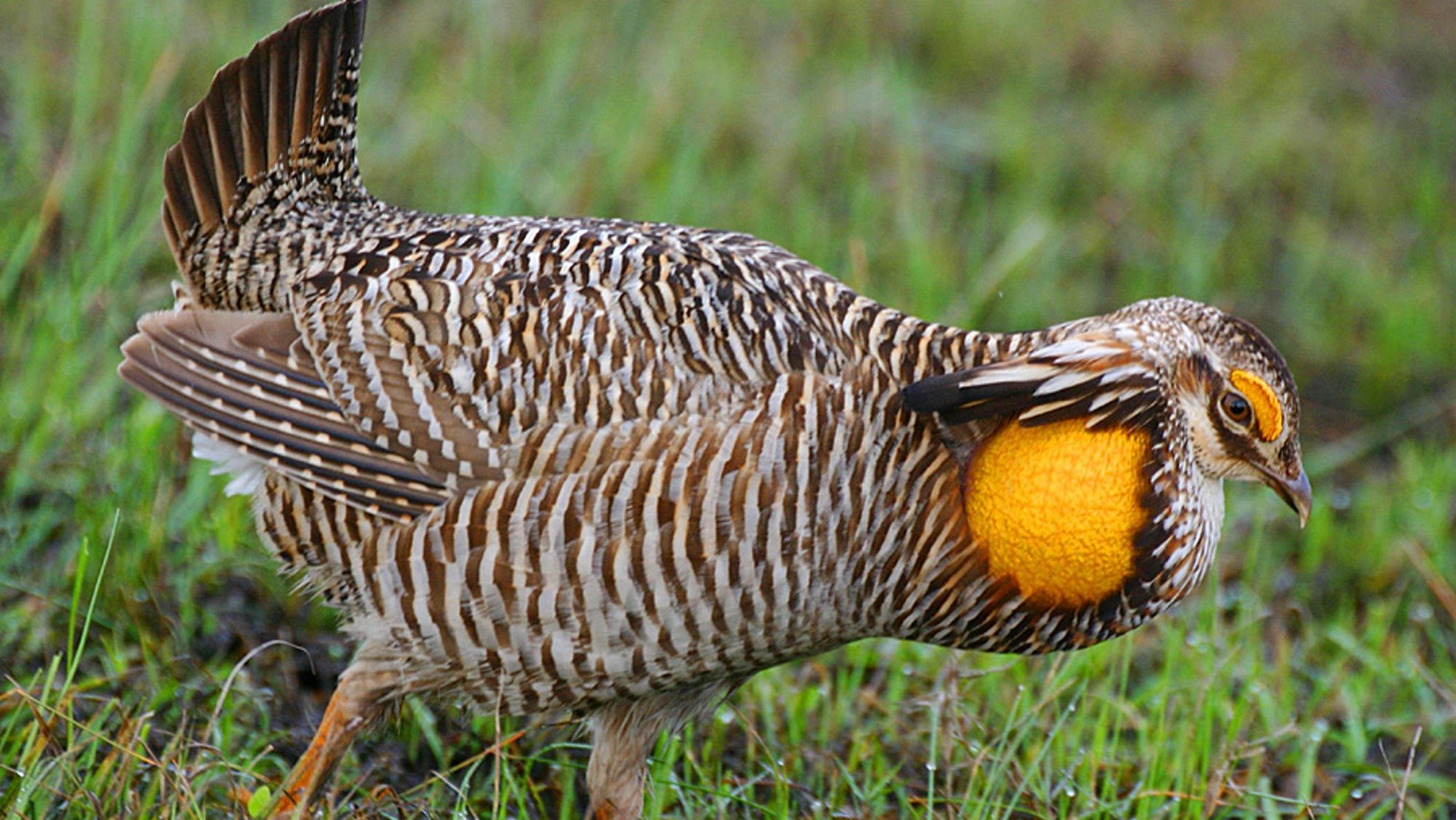
The same is true for other wildlife. The Texas coastal plain is home to two other extremely rare birds, the whooping crane and aplomado falcon – both of which we’d get to see before the day was done. Huge numbers and varieties of other birds rest here during migrations.
“If the Attwater’s prairie chicken is truly the canary in the coal mine, then other species are going to be in trouble too,” he says. “The prairie chicken is the most endangered, but its fate is tied to a bigger story, one involving an ecosystem, other wildlife and people.”
The Attwater’s prairie chicken still faces significant challenges. The wild population is higher than it’s been, now estimated at nearly 250 birds. But I leave convinced this is not a repeat of the heath hen story, not by a long shot.
Refugio Goliad has a significant area of habitat to sustain birds, so that they can boom and breed and rear young and thrive. There’s the commitment from conservationists and ranchers to use prescribe burning and invasive species control to improve habitat.
“This is one of the only areas that is large enough to have a sustainable population,” says Feuerbacher. “This is the last best hope for the Attwater’s prairie chicken.”
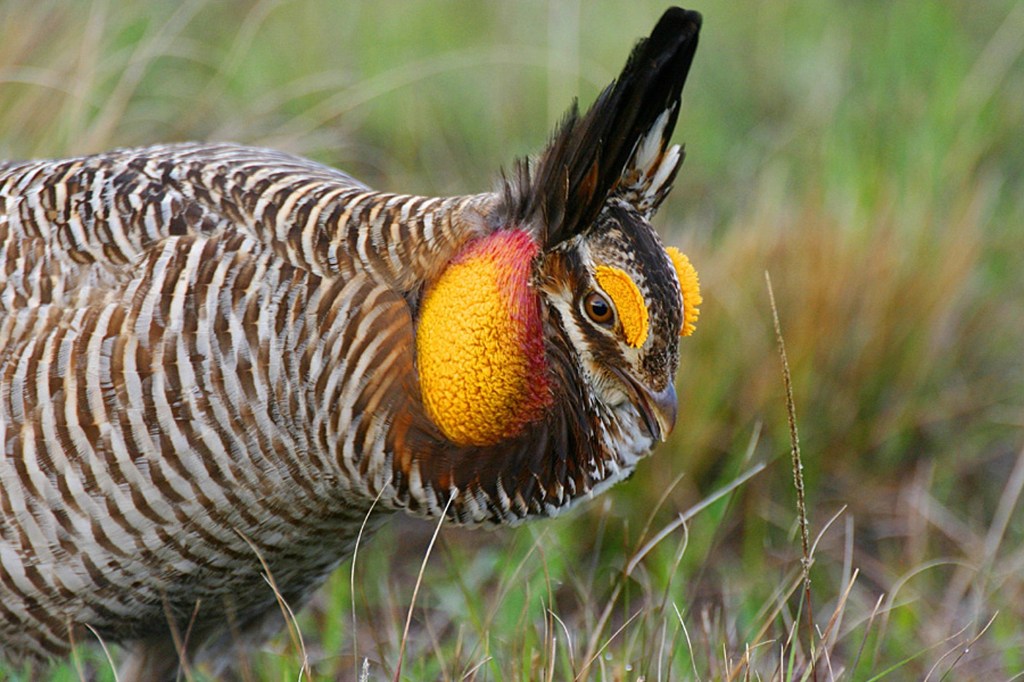



In 1999 and 2007, the Nature Conservancy allowed oil drilling in Attwater’s prairie chicken habitat causing the birds to abandon the area.
I went to this link from page 62 of the fall issue of the NC mag. I was going to rant and rave on the scantiness of the article and the fact that there were no photos of what sounded like a very interesting bird. But, of course, here is where the photos and videos are. Thanks for a great story.
Thank you for the journey and the time with Kirk and the Attwater. Great to hear they still have a toe hold.
I watch sadly as local populations of birds in the sage steppe here in Idaho dwindle. I hope and pray that the Greater Sage-Grouse never gets down to 250 wild birds.
The Gunnison Sage-Grouse and the Modoc population of Greater Sage-Grouse battle climate and cultural change but are still with us and not into the captive breeding stage yet.
Really like this article. Sure hope the population continues to increase.
What are the differences between the Attwater and the Greater Prairie Chicken? I have not seen an Attwater. I was able to photograph Greater Prairie Chickens in a lek near North Platte, NE in March this year. Would love to see Attwaters sometime.
I would appreciate hearing this article WITHOUT the rinky tink too-loud music.
I remember seeing the attwater’s prairie chickens while driving to the Dickinson drop zone airport in the 1970s. Saw 20 or 30 birds from the pavement. Stopped and enjoyed them for about 30 minutes. Now that area is all developed.
My father told stories about hunting prairie chickens for food in central Iowa circa 1910. Then they all left. He thought they might have gone to South Dakota. More recently I found a report saying there were a few in eastern Nebraska. Are there any remaining in the central Midwest ?
Hi Keith,
Thanks for your question. Yes, greater prairie chickens are found in a number of states of the Midwest, including South Dakota and Nebraska. However, they are a different subspecies. The Attwater’s prairie chicken is now found only in Texas.
Best,
Matt
Love the mention of interconnectedness — Attwater’s fate tied to that of other endangered birds and also to other species including ours. Nice pictures.
What a joy this article brought to my heart. My father was Valgene W. Lehmann and the first person to sound the alarm about the decline of the Attwater prairie chickens. He was also instrumental in establishing the Attwater’s Prairie Chicken National Wildlife Refuge. I remember the work he did educating the ranchers to the importance of the prairie to the existence of the birds. I am so pleased to see Mr. Feuerbacher is carrying on my father’s work and by sharing her land, Ms. O’Connor is expanding the habitat necessary for the prairie chickens to thrive. Bless all of you for your work!
Great article. I hope and pray these birds increase in number.